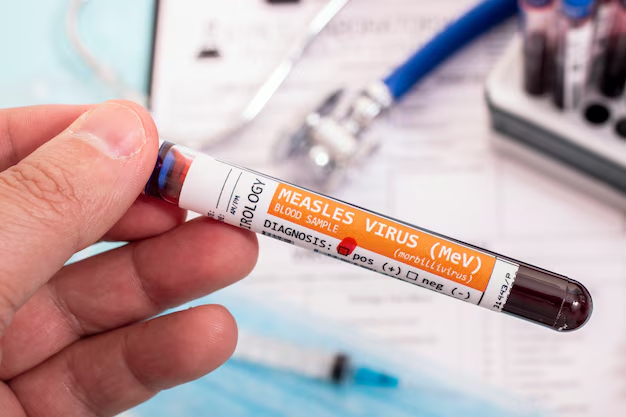Understanding Pre-Diabetes: What is the A1c Level to Watch Out For?
If you've recently received a blood test result showing an A1c level, you might be sitting on the edge of your seat, curious about what this means for your health. The A1c test is a crucial tool in evaluating blood sugar levels over the past two to three months, making it an important indicator for diabetes and pre-diabetes.
What A1c Level is Considered Pre-Diabetic?
An A1c level between 5.7% and 6.4% is classified as pre-diabetic. This means your blood sugar levels are higher than normal, but not yet in the diabetes range. It's a pivotal point where lifestyle changes can significantly reduce the risk of developing full-fledged diabetes. If your A1c is in this range, it's time to take action.
Key Points of Understanding:
- Normal A1c: Below 5.7%
- Pre-diabetes A1c: 5.7% to 6.4%
- Diabetes A1c: 6.5% and higher
Why Monitoring A1c Matters
Keeping an eye on your A1c levels is vital as it helps prevent the progression from pre-diabetes to type 2 diabetes, a condition with far-reaching health implications. Taking preventive measures can not only improve your health outcomes but also save you from future financial burdens associated with chronic diabetes management.
Financial Aspects of Pre-Diabetes and Diabetes
Managing A1c levels and preventing diabetes is not just a health strategy but a financial one, too. The costs associated with diabetes can be substantial, encompassing medical bills, medication, and monitoring equipment. Thankfully, there are several financial assistance programs designed to alleviate these burdens:
Government Aid Programs
- Medicare and Medicaid: Provide coverage for diabetes management and educational programs.
- Supplemental Nutrition Assistance Program (SNAP): Assists in purchasing nutritious foods that can help manage blood sugar levels.
Educational Opportunities for Better Health Management
Staying educated about your health can go a long way in preventing diabetes progression. There are many resources available to help increase your understanding:
- Diabetes Self-Management Education and Support (DSMES): Programs often covered by insurance to help people with pre-diabetes.
Credit and Debt Relief Options for Diabetic Management
For those struggling with the cost of diabetes management, various credit and debt relief options may be worth exploring:
- Low-interest Medical Credit Cards: Help spread out the cost of significant medical expenses.
- Debt Consolidation Services: Aid in managing and reducing overall debt pressure related to medical bills.
Making Lifestyle Changes
Lifestyle modifications remain a cornerstone in managing pre-diabetes. Regular exercise, a balanced diet, and regular A1c monitoring can keep your journey toward diabetes at bay. Incorporating these changes not only improves your physical well-being but also positively impacts your financial health by reducing potential future medical costs.
Consider These Helpful Resources:
- 🍏 Affordable Nutrition Workshops: Community-based programs often offer cost-effective or free classes.
- 🏋️ Local Fitness Classes or Programs: Many communities offer free or discounted memberships to local gyms.
- 🏦 Financial Wellness Seminars: Workshops provide strategies to manage and reduce medical debt.
By understanding and monitoring your A1c levels, you can take decisive steps toward enhanced health and financial stability. Employ the available resources, stay educated, and maintain proactive measures to keep both your health and finances in check. Whether you’re seeking direct assistance or educational workshops, there are numerous paths available to support a healthier, financially sound future.
